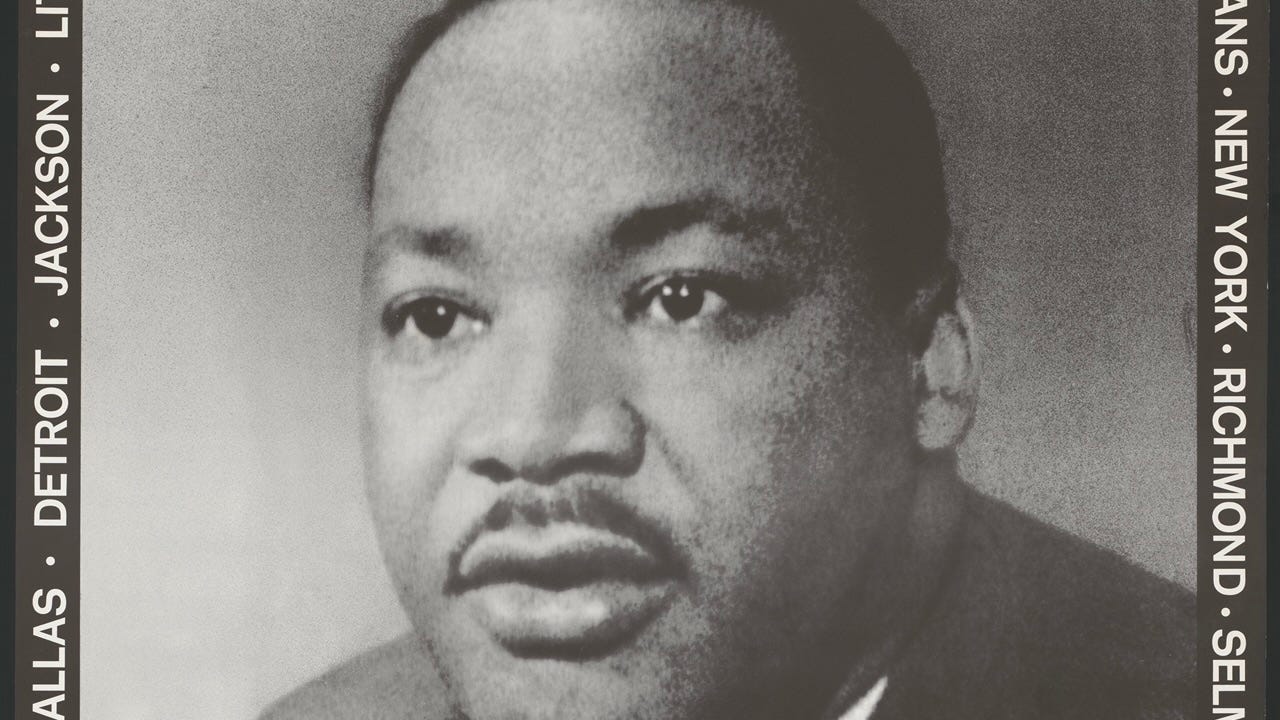This is a polished excerpt from the transcript of our podcast with Musa al-Gharbi. In that episode, titled “The Passion of the Elites,” Musa joined Christine Emba and Shadi Hamid to discuss his new book, We Have Never Been Woke: The Cultural Contradictions of a New Elite. You can listen to the episode here.
— Santiago Ramos, executive editor






